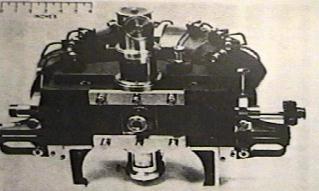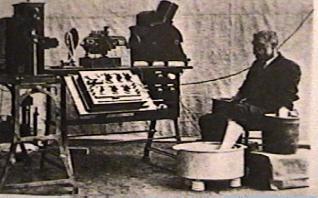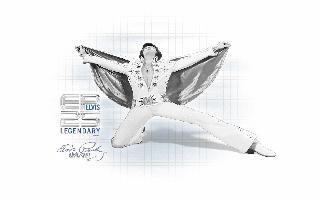LinkExchange Member
In 1868, a student of DuBois-Reymond, Julius Bernstein modified the rheotome, so that the interval between stimulation and sampling could be varied. This was called, "the differential rheotome" and the first EKG's ever recorded were obtained with it. Most of these were EKG's of frog hearts, with the electrodes being placed on the heart.
The differential rheotome lacked sensitivity which lead to the development of the "capillary electrometer", devised by Gabriel Lippmann in 1872.
Augustus De'sire' Waller was the first to discover that the electrical activity of the human heart could be recorded by the capillary electrometer without opening the chest to expose the heart. He was the first to record the electrical activity of the human heart in 1887. In his initial paper he called the record an "electrogram". One year later, he called them "cardiograms". Einthoven introduced the term we now use, "electrocardiogram".
Einthoven began to develop his own galvanometer in 1900, after being dissatisfied with the capillary electrometer. This was known as the "string galvanometer" and was introduced in 1903, although Einthoven published a prelimanary report on it in 1901. Einthoven's electrocardiograph was initially manufactured in Germany by Edelmann and Sons of Munich. He later went with the Cambridge Scientific Instrument Company, Ltd., of London.
The first EKG machine introduced to the United States was an Edelmann String Electrocardiograph brought by Alfred Cohn in 1909.
The first EKG machine manufactured in the United States was designed by Professor Horatio Williams and built in 1914 by Charles Hindle. Alfred Cohn received the first Hindle EKG machine in May 1915. On May 20, 1915, the first tracing with this machine showed that the patient was having an acute anterior infarction, although it was not recognized at the time.

During the development of the string galvanometer, its size also was decreased from 600 lbs in 1903 to 30 lbs in 1928. Just think of the times we use to complain about the weight of the lifepack 4, as we carried it in and out of the ambulances.
The next improvement came with modification of the electrodes. Einthoven's original cylinders of electrolyte solutions were reduced in size and still in use as late as 1930. Alfred Cohn in 1920 introduced the strap on electrode in the United States. In 1930 the Cambridge Instrument Company of New York introduced the German silver direct-contact plate electrodes. A suction electrode was developed by Rudolph Burger in 1932 for the precordial leads. This was later modified by Welsh and is now the suction cup we currently use with our 12 lead machines.

The next stage in the development of the EKG machine lead to the use of the vacuum tubes for amplification. The first one of this type developed in the United States was by the General Electric Corporation. The cathode-ray tube was next introduced into electrocardiography. This improved the physical characteristics of the recorders,
The introduction of the amplifier-type electrocardiographs led to the development of the direct-writing instruments. As you can see the developmental stages of the EKG machine was quite amazing, as were the individuals responsible for its development.
